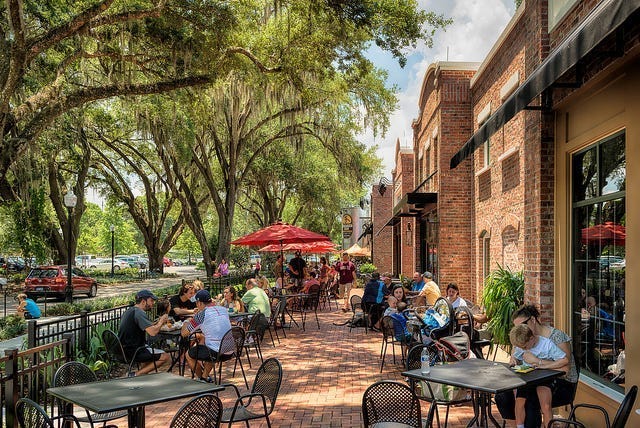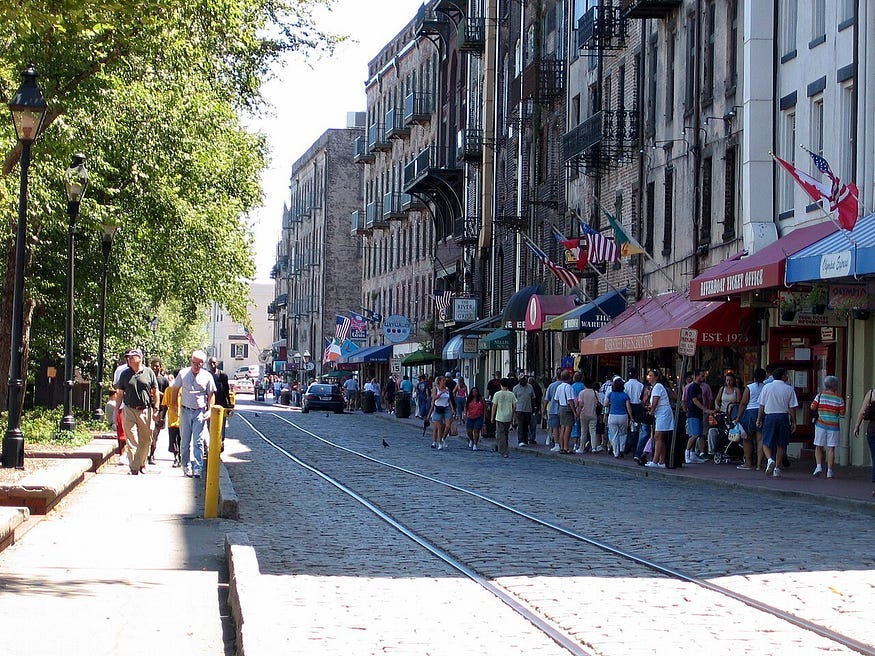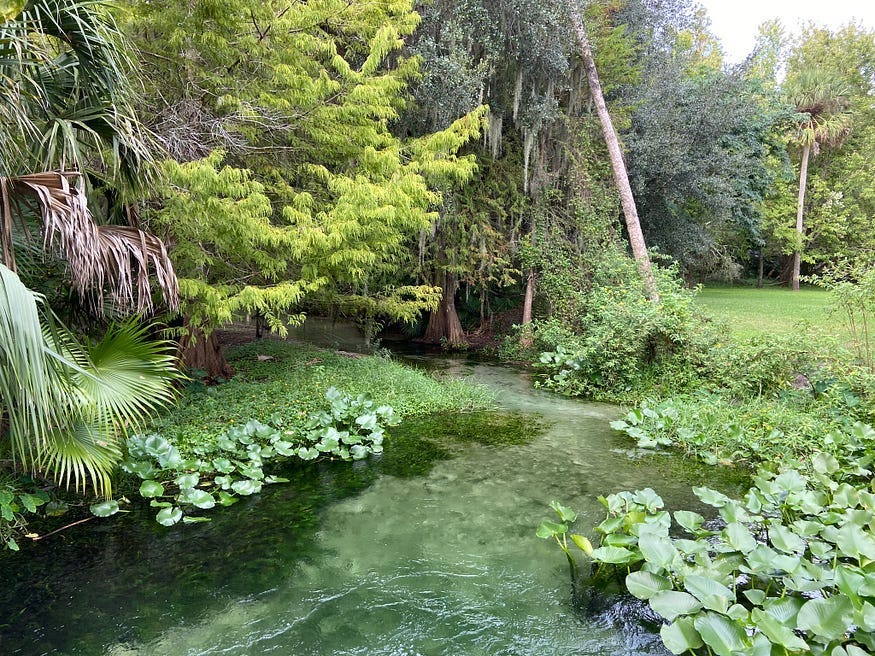What Is a Comprehensive Plan - and Why It Matters
Behind every thriving community is a plan that turns vision into action. The Comprehensive Plan guides how your community grows, connects, and thrives for generations.

The Cornerstone of Planning
Why do some communities age gracefully — like fine wine — while others fade away?
The difference isn’t luck — it’s planning. A city’s future is shaped by a document people rarely notice: the Comprehensive Plan. This is where the real trade-offs happen — between preservation and progress, growth and character, vision and restraint. Cities like Chicago and New York didn’t rise on geography alone. Their success came from deliberate vision and strategy
This plan is the cornerstone that guides how every community grows over the next 10 to 20 years. In Florida, state law (Chapter 163, Florida Statutes) requires that this plan isn’t just a vision; it must be a strategic blueprint with meaningful and predictable standards for how land can be used and developed— and most states have similar laws ensuring local plans are consistent and accountable. It influences everything from where homes are built to how we manage floods, conserve land, and plan schools. Yet many residents don’t even know it exists. And that’s why participation matters — because every plan involves trade-offs between growth, preservation, and quality of life.
If you care about housing, safety, or your city’s long-term resilience, understanding this plan is the key to shaping its future.
Here’s how to read your community’s Comprehensive Plan — and use it to help build the place you call home.
The Vision: Where Are We — and Where Are We Going?
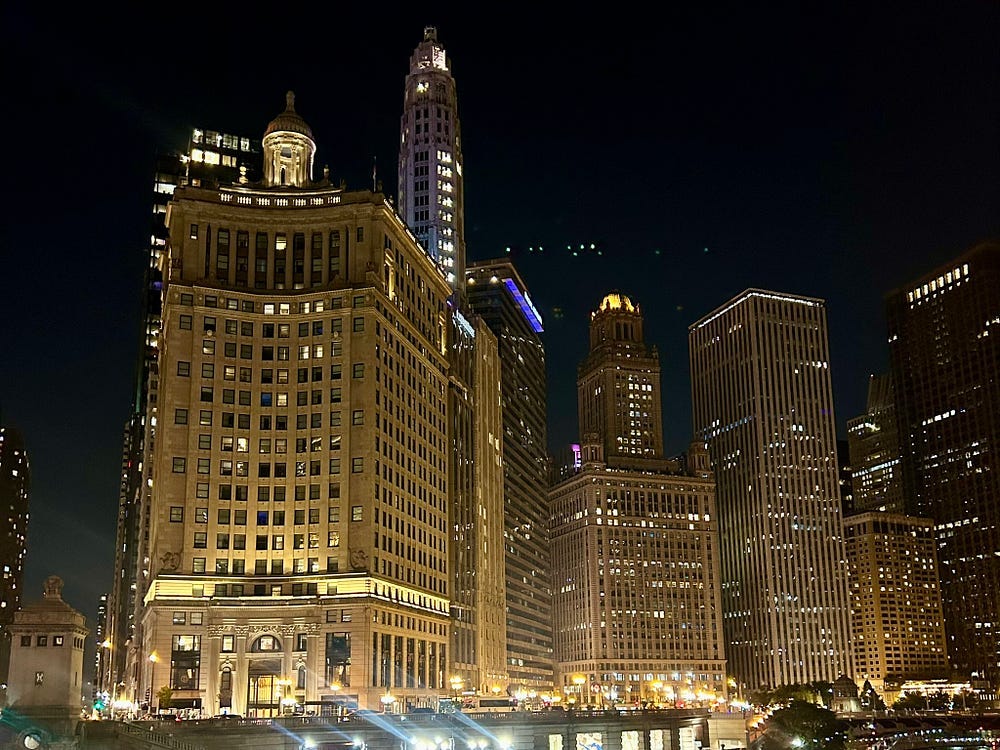
At its core, every Comprehensive Plan answers six simple but powerful questions:
Where are we now?
Where are we going?
Where do we want to be?
Why do we want to be there?
How do we get there?
Are we getting there?
These questions are more than a planning exercise; they are how a community mines and makes its purpose.
In his book HBR Guide to Crafting Your Purpose, John Coleman argues that for individuals, purpose isn’t a single thing you find, but something you actively build from your strengths, passions, and the needs you see in the world. For a city, the Comprehensive Plan is that same process of discovery and commitment. This is the critical choice every community — and every person — faces: without a strong purpose and vision, we drift, becoming reactionary to the currents of circumstance. But with a clear vision, we stop being passive residents of our own lives and become the architects. It’s where a community identifies its unique assets (“Where are we now?”), acknowledges its challenges (“Where are we going?”), and defines its highest aspirations (“Where do we want to be?”).
The answers shape the city’s long-term vision — how it grows, where it grows, and the values that guide that growth. The plan provides direction for land use, infrastructure, conservation, and community character, ensuring that growth strengthens rather than erodes the city’s natural assets and small-town feel.
Zoning tells us what can be built. The Comprehensive Plan explains why it should be built — and how it fits into the community’s shared future. Defining that “why” — that purpose — gives a community its backbone. When challenges arise, a clear vision helps it stay steady, adapt, and continue moving forward.
The House Analogy: Building Our Future
One of the easiest ways to understand a Comprehensive Plan is to think of it as building a house. Not every community includes every “room,” but together these elements reveal how the big picture fits.
Future Land Use is the foundation, defining where neighborhoods, shops, and open spaces belong.
Transportation is the network of hallways and doors that keep everything connected.
Housing forms the rooms — spaces for families of all ages and incomes.
Public Facilities are the plumbing, wiring, and structure ensuring water flows, lights work, and safety is maintained.
Conservation is the roof that shields the home from the elements — protecting the land, air, and water that sustain life. Without a strong and clean roof, the entire house is vulnerable to damage.
Recreation and Open Space provide the yards, trails, and parks that bring people together.
Intergovernmental Coordination is the trusted neighborhood network — county, school board, and regional partners working from the same plan.
Capital Improvements is the construction schedule and budget that ensures what’s planned can be built.
Public Participation is the family meeting, where everyone has a voice.
Concurrency Management is the final inspection, ensuring that roads, utilities, and schools are ready before moving in.
Property Rights are the deed and rulebook, ensuring every homeowner’s boundaries and rights are respected. It reminds the city that growth must balance the needs of the community with each person’s right to use, maintain, and enjoy their property.
When all these pieces align, we build not just a plan, but a home — resilient, efficient, and ready for the next generation.
Savannah, Georgia, is the classic example of this principle in action. Its “Foundation” was the high bluff chosen for health and safety from floods. Its “Public Rooms” were the iconic squares that serve as communal gathering spaces. Its “Network of Hallways” was the walkable street grid. General Oglethorpe’s 1733 plan effectively laid out the blueprint for a cohesive, livable “home,” creating a resilient and beloved city that has endured for centuries.
From Vision to Action: Goals, Objectives, and Policies
Every Comprehensive Plan turns community vision into measurable action through three simple layers:
Goals are the big-picture aspirations — the “what we want.”
Objectives make those goals specific and measurable — the “how much and by when.”
Policies are the core of the implementation strategy — the “how we’ll do it.”
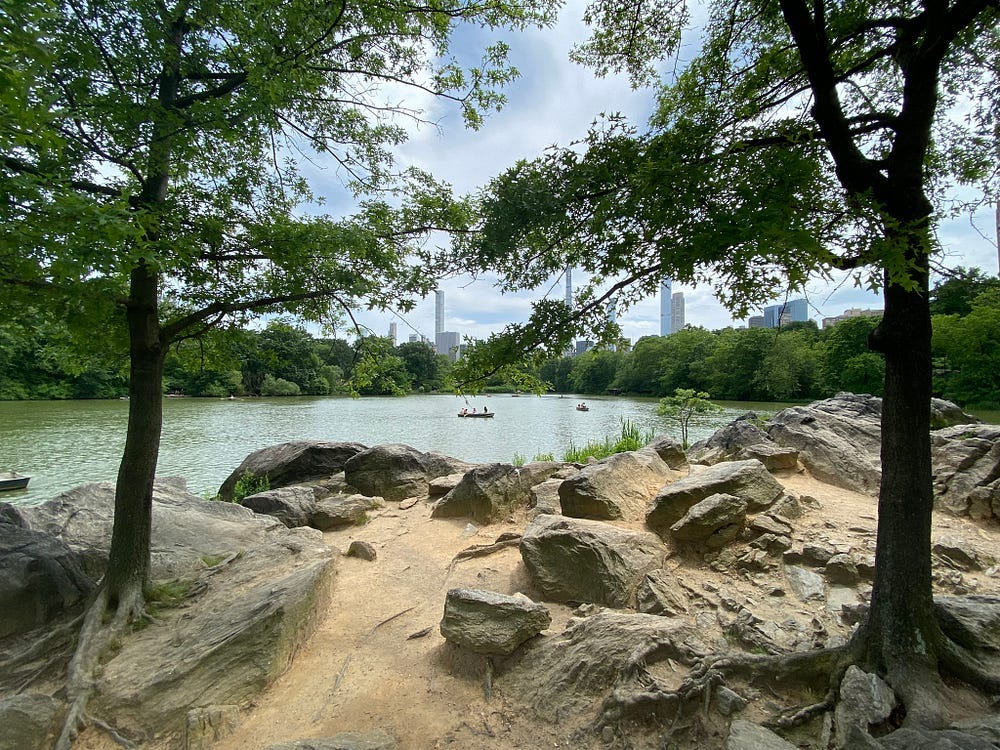
Consider the work of Frederick Law Olmsted, the visionary landscape architect behind New York’s Central Park. His design process perfectly mirrors this framework:
Goal (The Aspiration): Create a restorative public space that serves as a democratic refuge for all New Yorkers.
Objective (The Measurable Target): Design a 700-acre park that accommodates diverse recreation while seamlessly integrating transverse roads to maintain city traffic flow.
Policy (The How-To): Use sunken roadways hidden by landforms to bury cross-town traffic and create separate “circulation systems” for carriages, horseback riders, and pedestrians.
Olmsted’s genius lay in navigating difficult trade-offs — between tranquility and access, nature and infrastructure. His work embodies a universal truth about planning, captured by economist Thomas Sowell: “There are no solutions. There are only trade-offs.”
Together, these layers ensure our plan is not just words on paper but a living guide for daily decisions. It is how we openly acknowledge the costs of our choices — that a policy promoting dense housing might trade off against a goal for low-density character, or an objective for new parks trades off against other capital projects. By defining our Goals, Objectives, and Policies, we make these trade-offs clear, allowing for a democratic debate about what we value most. Just as Olmsted’s policies shaped a beloved urban oasis, our community’s policies will bring its unique vision to life, guided by conscious choice.
Be Part of the Plan
There’s a famous Chinese proverb: “The best time to plant a tree was 20 years ago. The second-best time is now.” This isn’t just about trees — it’s about the future of your community. The best time to plan was decades ago; the next best time is today.
Your city’s future is being shaped right now, often in meetings with empty chairs waiting to be filled. You have the chance to help plant that tree for the next generation.
Visit your city’s website and search for “Comprehensive Plan.”
Review the Future Land Use Map and the Goals for your neighborhood.
Attend a Planning Board meeting or a public workshop.
Share your feedback — your voice determines what gets built, protected, and preserved.
By stepping in now, you become more than a resident; you become a co-architect shaping the future of the place you call home.
Disclaimer: The views expressed here are solely my own and do not reflect those of any public agency, employer, or affiliated organization. It empowers readers with objective geographic and planning insights to encourage informed discussion on global and regional issues.

